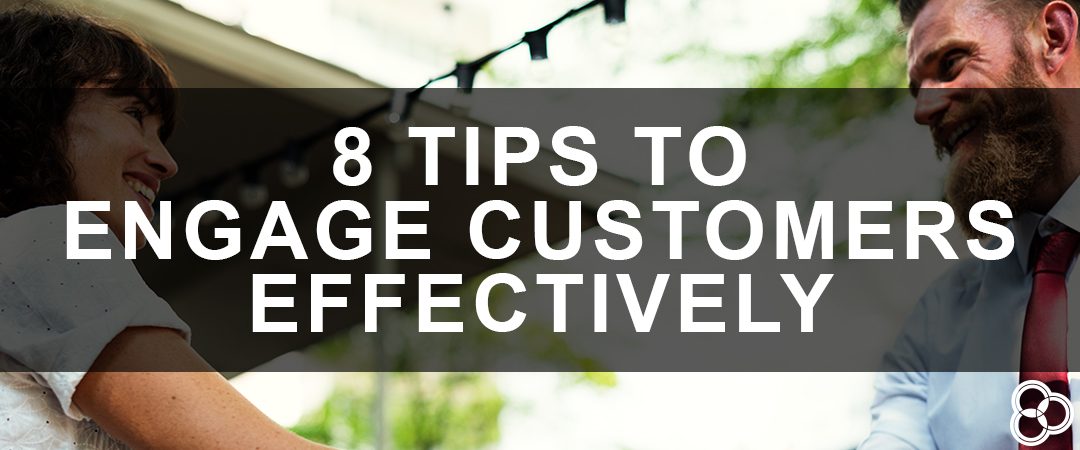Non Human Visitors: Understand & Engage Effectively

The internet is no longer the exclusive domain of humans. With the rise of artificial intelligence, machine learning, and the Internet of Things (IoT), non-human visitors are becoming an increasingly significant fraction of online traffic. These visitors can range from search engine bots and web crawlers to autonomous vehicles and smart home devices. Understanding and engaging effectively with non-human visitors is crucial for businesses, organizations, and individuals who want to maximize their online presence and leverage the full potential of the digital landscape.
The Diversity of Non-Human Visitors
Non-human visitors are not a homogeneous group. They vary widely in their capabilities, intentions, and interactions with online content. Some of the most common types of non-human visitors include:
- Search Engine Bots: These are programs designed to crawl and index the web’s content. They are crucial for search engine optimization (SEO) as they determine the visibility of a website in search results.
- Web Crawlers: Similar to search engine bots, web crawlers systematically browse the web to gather data for various purposes, including market research and data mining.
- Social Media Bots: Automated programs that manage and interact with social media platforms. They can post updates, respond to comments, and even engage in basic conversations.
- IoT Devices: The Internet of Things encompasses a wide array of devices, from smart home appliances and wearables to autonomous vehicles. These devices interact with the internet and other devices to perform their functions.
- Chatbots and Virtual Assistants: These are AI-powered programs designed to simulate conversations with human users, either via text or voice interactions. They can provide customer support, answer queries, and even facilitate transactions.
Understanding Non-Human Visitors
To effectively engage with non-human visitors, it’s essential to understand their behaviors, limitations, and purposes. For instance:
- Search Engine Bots are primarily interested in textual content and metadata that helps them understand and rank web pages.
- Web Crawlers may look for specific data types, such as prices, reviews, or contact information, depending on their programming.
- Social Media Bots and Chatbots are designed to interact in a manner that simulates human conversation, though their capabilities can vary greatly.
- IoT Devices interact based on their programmed functions, which could range from sending and receiving data to executing commands.
Strategies for Engagement
Engaging effectively with non-human visitors requires a multifaceted approach:
Optimize for Search Engines: Ensure your website is SEO-friendly. This includes using relevant keywords, creating high-quality content, and optimizing your website’s structure and loading speed.
Leverage Social Media Automation: Use social media bots to automate routine tasks, such as posting updates and responding to common inquiries. However, ensure that there’s a clear pathway for users to reach a human customer support agent when needed.
Develop Conversational Interfaces: For chatbots and virtual assistants, design conversational flows that are intuitive and helpful. Regularly update and refine these interfaces based on user interactions and feedback.
Secure IoT Interactions: Given the security risks associated with IoT devices, ensuring that interactions with these devices are secure and privacy-respecting is paramount. This includes implementing robust encryption, secure authentication mechanisms, and regular software updates.
Monitor and Adapt: Continuously monitor the interactions between your online presence and non-human visitors. Analyze the data collected from these interactions to identify trends, opportunities, and challenges. Use this insight to adapt and improve your strategies over time.
The Future of Non-Human Visitors
As technology advances, the role and prevalence of non-human visitors on the internet will continue to evolve. Advances in AI and machine learning will make these visitors more sophisticated, capable of more complex interactions, and potentially more integrated into daily life.
Example: Smart Home Devices
Smart home devices, for instance, are becoming increasingly common. These devices can learn and adapt to the habits of their users, automatically adjusting lighting, temperature, and entertainment systems to create a more comfortable and convenient living environment. Engaging with these devices effectively requires understanding their capabilities and integrating them seamlessly into one’s lifestyle.
Practical Applications
- Automated Customer Service: Chatbots can be used to provide 24⁄7 customer support, answering frequent questions and helping to resolve simple issues.
- Smart Home Automation: IoT devices can be integrated to create a smart home ecosystem that learns and adapts to the residents’ preferences and routines.
- Personalized Recommendations: By analyzing data from interactions with non-human visitors, businesses can offer more personalized product recommendations and services.
Challenges and Considerations
While engaging with non-human visitors offers numerous benefits, there are also challenges and considerations to be aware of:
- Security Risks: The interaction with non-human entities increases the attack surface for potential security breaches. Ensuring all interactions are secure and monitored is crucial.
- Privacy Concerns: Collecting and processing data from these interactions must be done with utmost respect for user privacy, adhering to all relevant regulations and guidelines.
- Dependency on Technology: Over-reliance on automation can lead to vulnerabilities when technology fails or is compromised.
Conclusion
Engaging effectively with non-human visitors is a dynamic and evolving challenge that requires continuous learning, adaptation, and innovation. By understanding the diverse nature of these visitors, developing strategies to interact with them meaningfully, and addressing the challenges that arise, individuals and organizations can harness the potential of the digital world more fully. As we move forward into an increasingly interconnected and automated future, the distinction between human and non-human interactions will continue to blur, presenting both opportunities and challenges that we must navigate with foresight and responsibility.
How can I ensure my website is friendly to search engine bots?
+To ensure your website is friendly to search engine bots, focus on creating high-quality, relevant content, and optimize your website’s structure and metadata. Regular updates and a fast loading speed are also crucial for better ranking and visibility.
What are the benefits of using chatbots for customer support?
+Chatbots offer 24⁄7 customer support, can handle a high volume of inquiries simultaneously, and provide instant responses to frequent questions. They also help in reducing the workload of human customer support agents, allowing them to focus on more complex issues.
How can IoT devices enhance home living?
+IoT devices can significantly enhance home living by providing convenience, comfort, and energy efficiency. They can automate tasks such as adjusting lighting and temperature, secure homes through smart locks and cameras, and even monitor and manage energy consumption.



